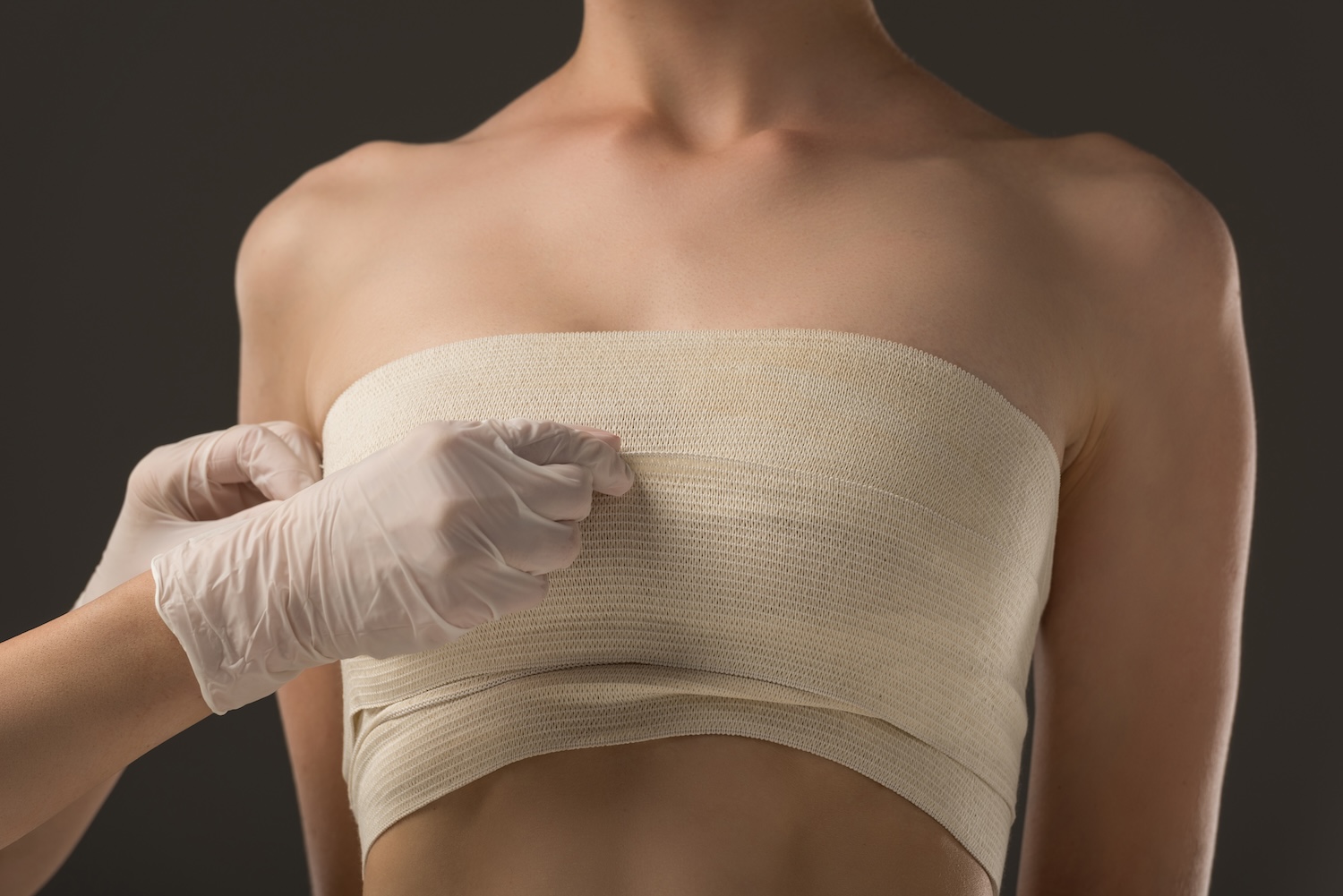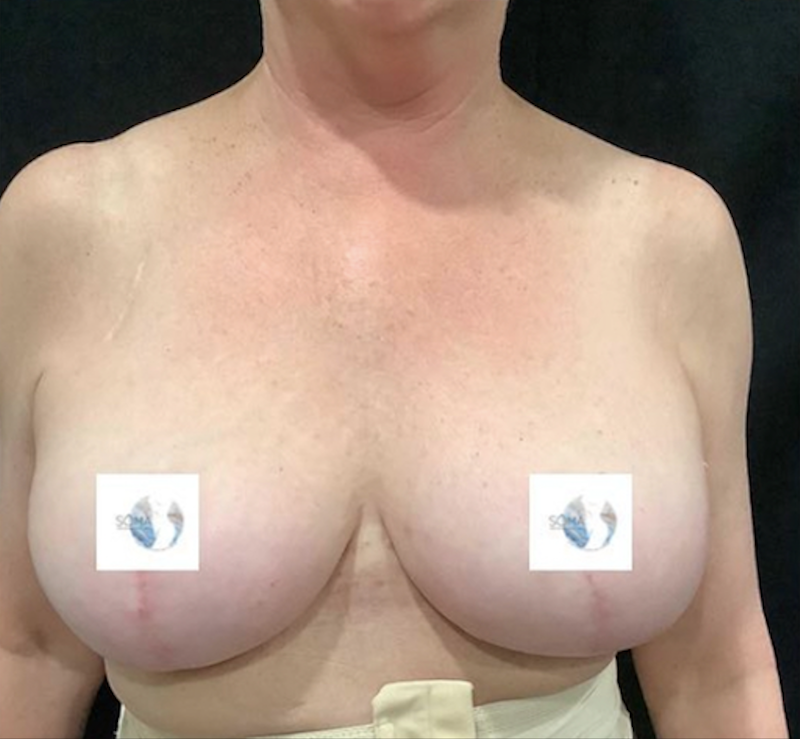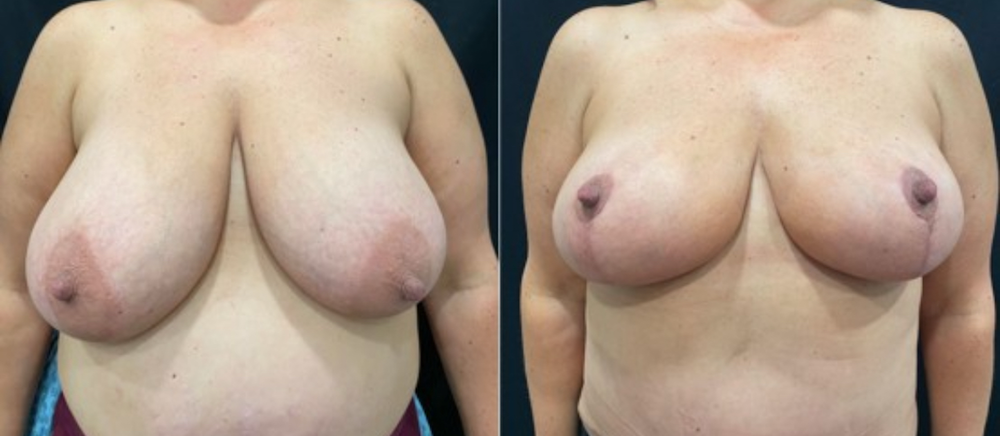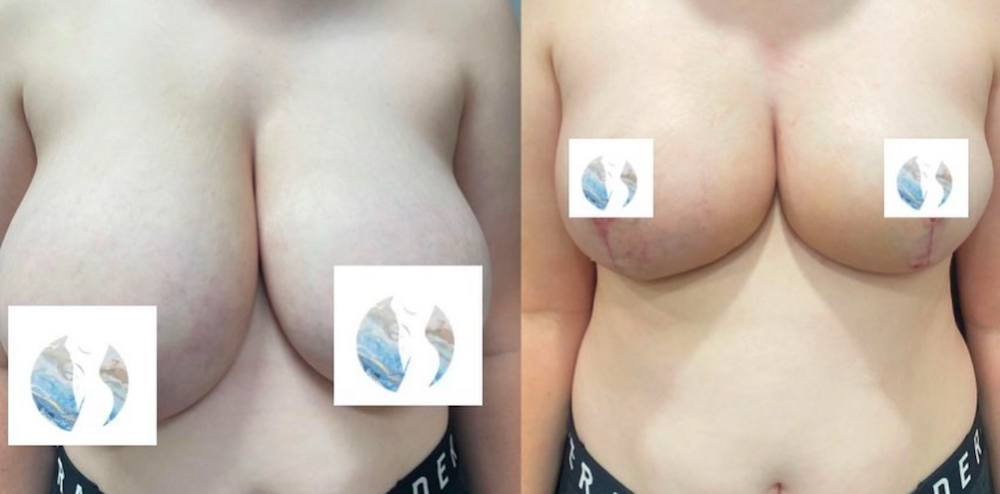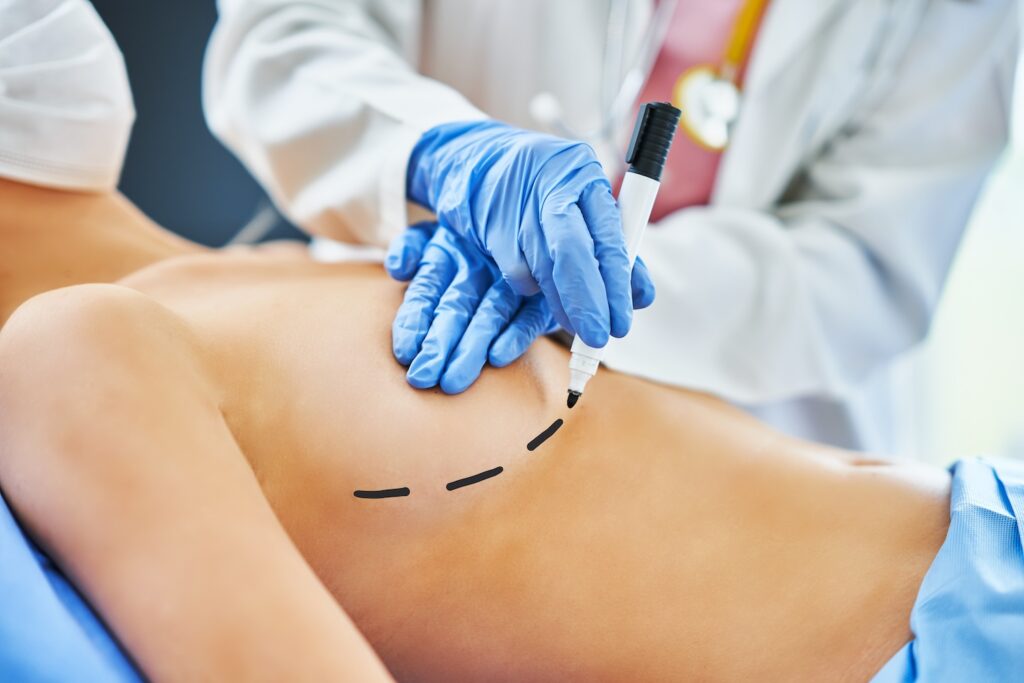At SOMA, we tailor every breast reduction to your unique goals and body type to create natural-looking, comfortable results you’ll love.
Discover a Tailored Silhouette
Your body’s proportions play a key role in how you feel about yourself. When large breasts cause discomfort or self-consciousness, breast reduction surgery can help restore balance and confidence.
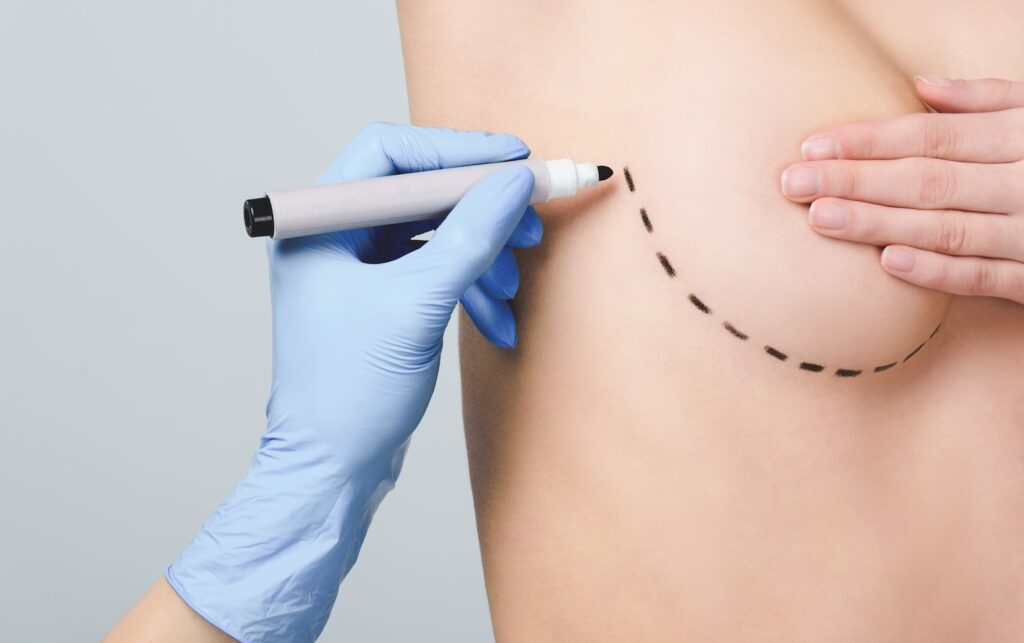
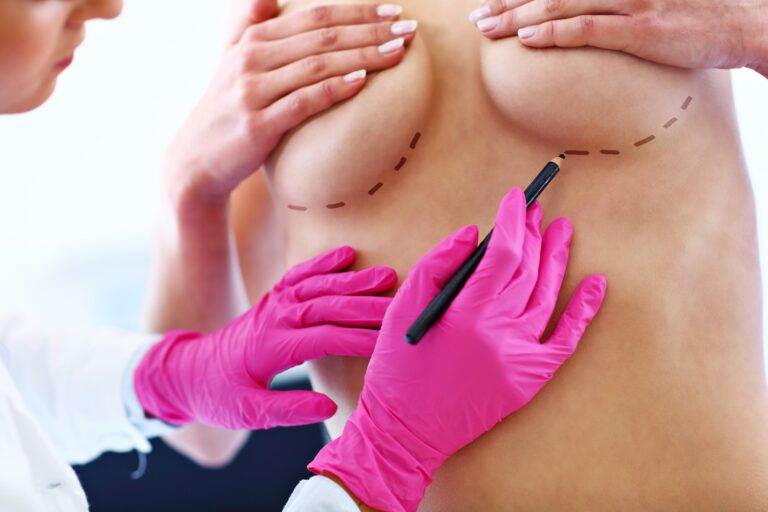
Build My Treatment Plan
Use our Treatment Planning Tool before your surgical consultation to discover all the ways we can help you achieve your dream body.


Dr. Condoleon
At SOMA, we work under the leadership of Dr. Harry Condoleon, one of the region’s leading cosmetic surgeons. Over the last 3 decades, he has served countless patients, and his surgical expertise compares only to his love for his home in Iowa.
When you work with Dr. Condoleon, you’ll receive the professional support you need to achieve your aesthetic vision.
The SOMA Surgical Promise
As your cosmetic surgeon, Dr. Condoleon brings years of experience and precision to every procedure, prioritizing safety and beautiful outcomes.
From consultation to your final results, we provide clear guidance, regular check-ins, and compassionate care to make recovery smooth and stress-free.
Complementary Procedures:

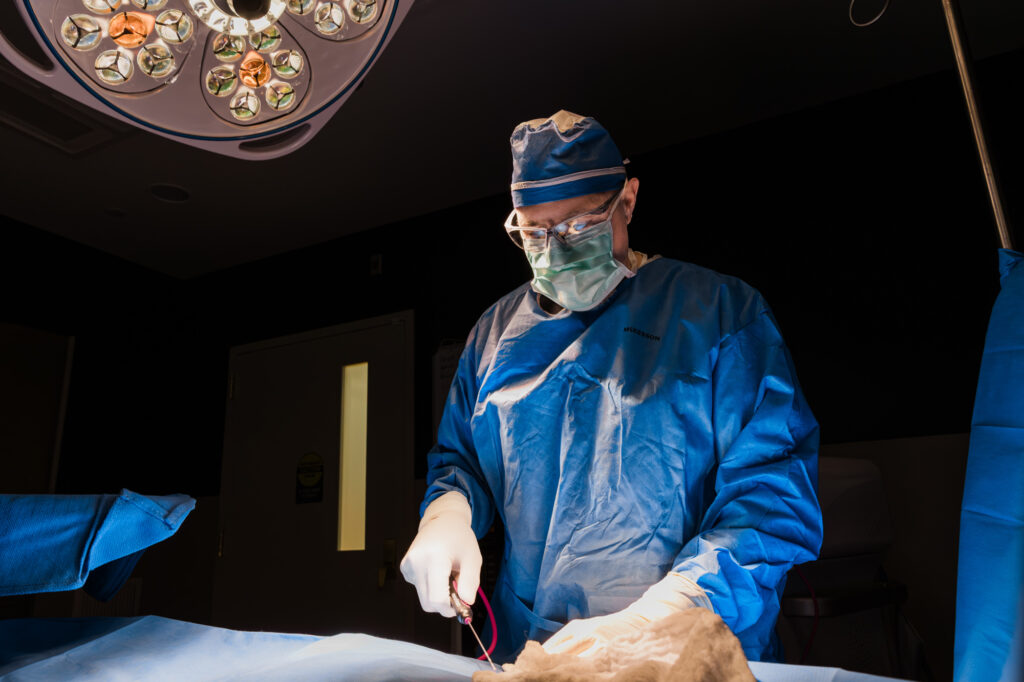

Breast Reduction Overview
At SOMA Cosmetic Surgery & Aesthetics, we perform breast reduction in Des Moines with precision and care, helping you feel lighter, more comfortable, and more confident in your body. Dr. Condoleon uses advanced techniques to reshape and reduce breast size while maintaining natural-looking contours and symmetry.
The Surgical Details
When you arrive at our surgical facility, we’ll review your customized plan and answer any final questions you have. Once you’re ready, we’ll administer general anesthesia to ensure your comfort. Dr. Condoleon then makes careful incisions to remove excess tissue and lift the breasts, resulting in a smaller, more balanced shape.
Pre-Care Instructions
Actions to Take
- 1 week prior – Confirm who’s driving you to and from your breast reduction in Des Moines. Ensure you follow our instructions for which medications to take and avoid before surgery.
- The night before – Do not eat or drink anything after midnight, including water, gum, and cough drops. Prepare your home for recovery by stocking up on blankets, pillows, movies, books, and snacks.
- The day of – Wash your body and hair either day of or the night before your surgery. Wear loose, comfortable clothing. Don’t wear makeup, jewelry, piercings, sunscreen, or nail polish.
Post-Care Instructions
Actions to Take
- Take all prescribed pain medications and antibiotics exactly as directed. Do not drive or operate heavy machinery while taking prescription pain medication.
- The night after your breast reduction in Des Moines, sleep on your back with your head elevated about 35 degrees. Avoid sleeping on your stomach or sides for at least 6 weeks.
- Do not consume any alcoholic beverages for at least 24 hours after surgery.
- Resume your usual medications (unless otherwise advised) and eat a normal, healthy diet to support healing.
- Wear your surgical bra or compression garment 24/7 for the next 4 weeks. You may unzip or remove it for a 20-minute break up to 3 times a day while seated in a chair or recliner.
- Use ice packs to ease swelling and discomfort, but avoid placing ice directly on the nipples or bare skin.
- Follow any additional postoperative directions provided by Dr. Condoleon, such as attending your follow-up appointments and monitoring for signs of complications.
Recovery Process: What to Expect
What to Expect After Breast Reduction
After your breast reduction in Des Moines, you’ll experience normal post-surgical symptoms that will improve as you heal.
Initial Symptoms:
For the first 24 hours, some light, blood-tinged drainage at the incision sites is normal. Use gauze to keep the area clean and dry, and change your dressings as needed. Mild to moderate swelling and bruising are common and can last for several weeks. Wearing your supportive bra as directed will help minimize swelling and support healing.
Scarring:
Your incisions may look red or raised at first, but they will fade over time. To help your scars heal, avoid direct sun exposure and apply sunscreen once the incisions are fully closed.
Activity Guidelines
First Week:
Focus on rest and gentle movement. Light activities such as short walks and going up stairs are okay, but avoid lifting anything heavier than 5 pounds. Don’t sit in one position for more than 2 hours—get up every couple of hours and walk for 10 minutes to encourage circulation and prevent blood clots.
Changing Positions:
Take your time when standing, sitting, or lying down. If you feel dizzy or lightheaded, lie down and elevate your feet.
Weeks 2 to 4:
Do not lift more than 15 pounds and avoid exercise or strenuous movement. Refrain from raising your arms above shoulder level. Ask for help with chores or childcare if needed—your recovery comes first.
By Week 6:
With Dr. Condoleon’s approval, you may ease back into your normal activities. Start slow and listen to your body.
Bathing
Do not submerge your incisions in water (baths, hot tubs, pools) until you’re cleared to do so. Showers are usually permitted 48 hours after surgery. Use lukewarm water and gentle soap, and avoid direct scrubbing or harsh pressure on your breasts.
Caring for Your Incisions
Your incisions will be covered with dressings to absorb drainage and protect the area. Keep them dry for the first 24 hours. After that, change the dressings daily for the next 2 to 3 days or until drainage stops. Treat the area gently and avoid applying lotions or creams unless prescribed.
